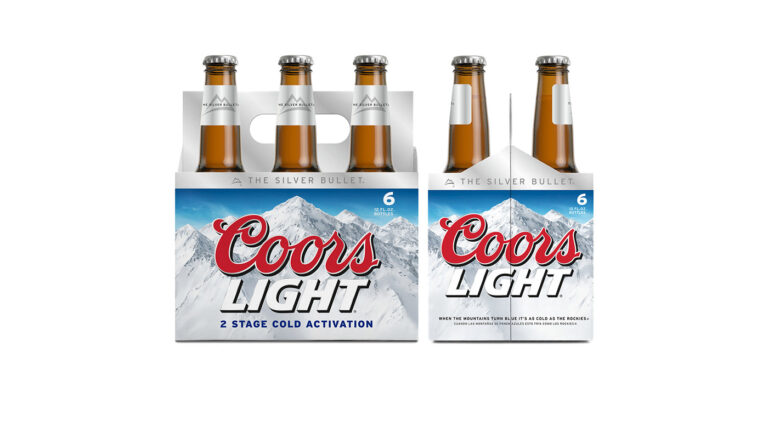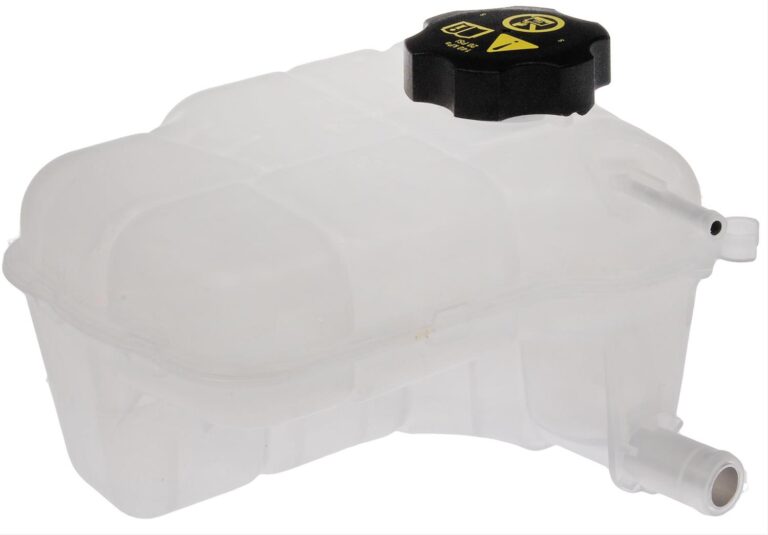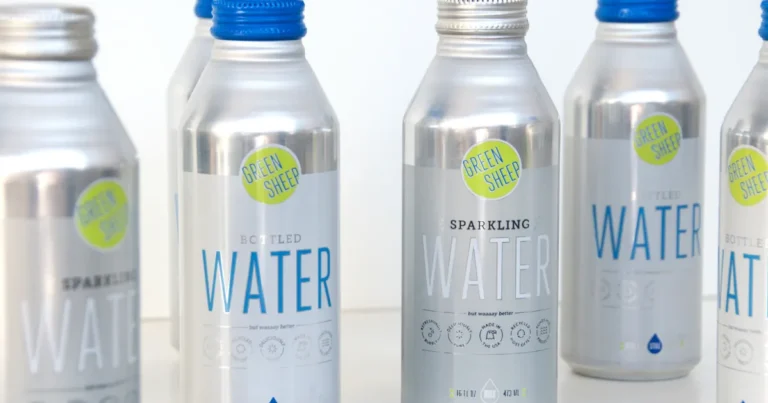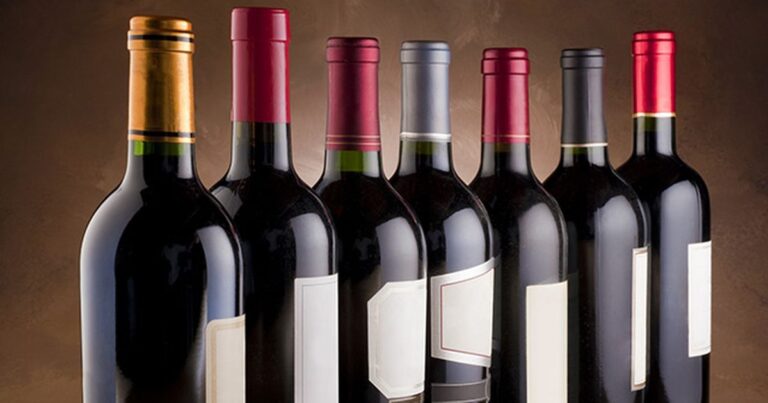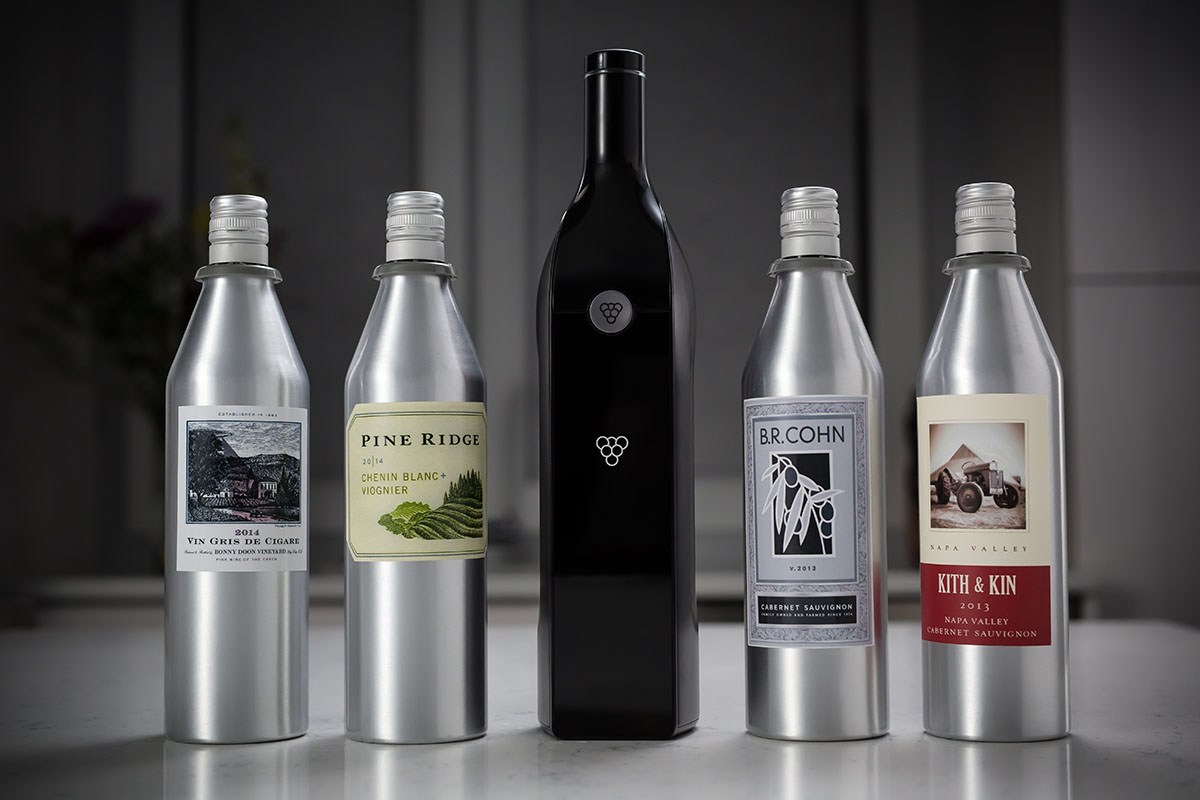
In recent years, the wine industry has seen a significant shift towards sustainability, with brands and consumers alike becoming increasingly aware of their environmental impact.
Among various packaging options, aluminum wine bottles have emerged as a standout choice, promising both convenience and eco-friendliness.
But what exactly makes aluminum wine bottles a sustainable choice? Let’s explore the environmental benefits, lifecycle, consumer trends, and more.
1. Environmental Impact of Traditional Wine Bottles
The traditional glass wine bottle has been the standard for centuries, but its environmental footprint is far from negligible. The production of glass involves mining raw materials, such as sand, soda ash, and limestone, which are then melted at high temperatures—an energy-intensive process.
Furthermore, glass is significantly heavier than aluminum, leading to increased carbon emissions during transportation.
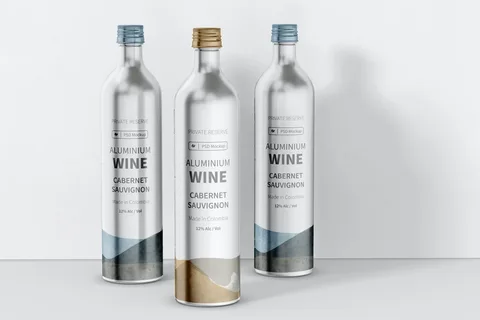
Recycling glass poses its challenges. While it can be recycled, many glass bottles still end up in landfills due to contamination or inadequate recycling facilities.
This reality prompts a need for more sustainable packaging solutions, and aluminum is stepping up to fill that gap.
2. Benefits of Aluminum Wine Bottles
Lightweight and Lower Carbon Footprint
One of the most compelling advantages of aluminum wine bottles is their lightweight nature. Because they are significantly lighter than glass, aluminum bottles reduce transportation costs and emissions.
This lower carbon footprint is critical in an industry that relies heavily on logistics and distribution.
Recyclability of Aluminum
Aluminum is one of the most recyclable materials on the planet. It can be recycled indefinitely without losing quality.
This recycling process uses up to 95% less energy than producing new aluminum from raw materials. With a high recycling rate, aluminum wine bottles contribute to a more sustainable lifecycle compared to their glass counterparts.
Durability and Protection
Aluminum bottles are not only lightweight but also robust and resistant to breakage. This durability minimizes waste from damaged bottles, a common issue with glass.
Additionally, aluminum effectively blocks light and air, which protects the wine from oxidation and light exposure, ensuring its quality is maintained.
3. The Eco-Friendly Lifecycle of Aluminum
From Production to Recycling
The lifecycle of aluminum bottles is a shining example of a closed-loop system. Once an aluminum bottle is emptied, it can be easily recycled into new bottles without degradation in quality.
This means that a bottle consumed today can become part of a new bottle tomorrow, continuously supporting a circular economy.
Sustainable Wine Distribution
Wineries and retailers that adopt aluminum packaging not only benefit from lower transportation costs but also help reduce their overall environmental impact.
By minimizing their carbon footprint, these businesses align with the growing trend of sustainable practices in the food and beverage industry.
4. Consumer Trends and Perception
Why Are Consumers Shifting to Aluminum?
Today’s consumers are increasingly concerned about sustainability, and they actively seek out eco-friendly products.
According to a recent survey, nearly 70% of consumers are willing to pay more for products from brands that are committed to sustainability. This trend has prompted many wineries to explore aluminum bottles as a viable option.
Appeal to Eco-Conscious Wine Drinkers
Aluminum bottles attract environmentally conscious consumers and appeal to younger demographics who prioritize sustainability in their purchasing decisions.
Wineries that embrace aluminum packaging can enhance their brand image and attract a new generation of wine drinkers.
5. Are Aluminum Bottles Suitable for All Types of Wine?
Preserving Wine Quality
A common concern regarding aluminum bottles is whether they affect the taste or quality of wine. While some traditionalists might argue against it, many winemakers have found that aluminum bottles can preserve the wine’s integrity.
Some manufacturers line the interior of aluminum bottles with food-safe coatings to prevent any interaction with the wine.
Best Uses of Aluminum Bottles
Aluminum bottles are particularly well-suited for wines that are intended to be consumed relatively quickly, such as white wines, rosés, and sparkling wines. These wines benefit from the light-blocking properties of aluminum, ensuring they remain fresh and vibrant.
6. Challenges and Limitations
Perception Challenges
Despite the many advantages of aluminum, some consumers still perceive glass as a more premium packaging option. Overcoming this bias will be essential for aluminum bottles to gain widespread acceptance in the market.
Limitations in Aging Wine
While aluminum bottles excel for certain types of wines, they may not be the best choice for wines that require aging. Traditional glass bottles provide a more suitable environment for long-term aging, where slow oxidation is beneficial.
Conclusion
Aluminum wine bottles represent a promising and sustainable choice in an industry often criticized for its environmental impact.
With their lightweight design, high recyclability, and ability to protect wine quality, aluminum bottles are paving the way for a greener future in the wine sector.
As more consumers seek eco-friendly products, wineries that embrace aluminum packaging contribute to sustainability and position themselves favorably in the market.
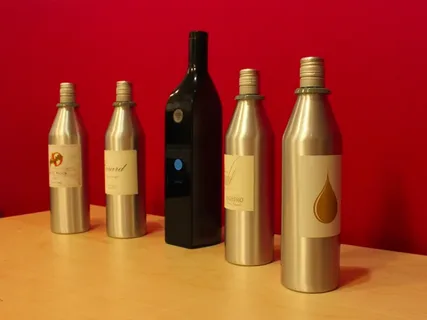
In a world increasingly focused on environmental consciousness, aluminum wine bottles may lead the charge toward a more sustainable wine industry. Will you choose aluminum for your next wine purchase?
For more aluminum bottle information check the sipandsavorbottles.

